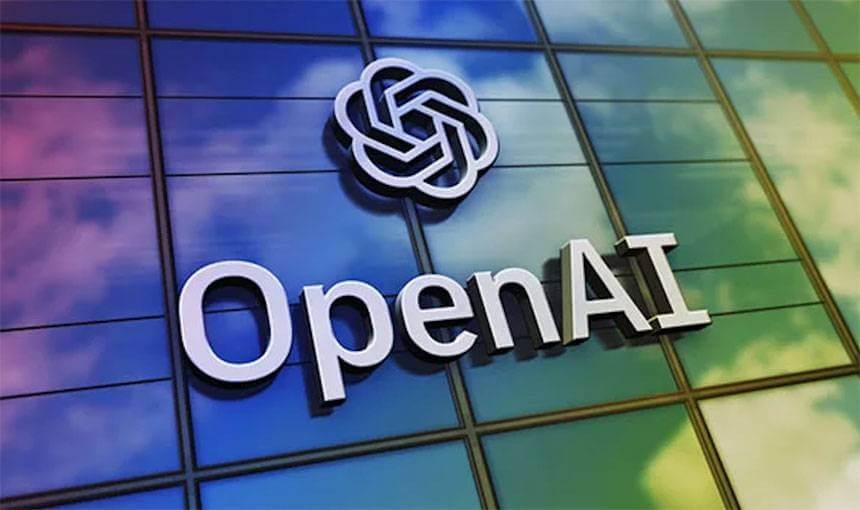AMD is making a significant push into the AI server market, challenging Nvidia's dominance with its new cutting-edge chip technology and a focus on open collaboration. The launch of AMD's new AI server, "Helios," is slated for 2026 and will be powered by the company's upcoming MI400 series chips. This move signals a strategic shift in the AI landscape as AMD aims to provide powerful and cost-effective solutions for AI workloads, particularly those related to large language models and hyperscale computing.
At the heart of AMD's AI server launch is the Helios platform, designed to directly compete with Nvidia's NVL72 servers. Each Helios server will house 72 MI400 chips, positioning it as a unified system capable of tying thousands of chips together to function as a massive compute engine. AMD's CEO, Lisa Su, emphasized that core elements of the Helios system, including networking standards, will be openly available, contrasting Nvidia's historically closed NVLink technology. This open approach aims to foster broader collaboration across the industry, accelerating AI innovation and preventing any single company from controlling the AI ecosystem.
A key highlight of AMD's AI strategy is its collaboration with OpenAI. Sam Altman, CEO of OpenAI, joined Lisa Su on stage to announce that OpenAI would be integrating AMD's chips into its infrastructure. Altman expressed confidence in AMD's new chips, stating that they will be an "amazing thing" for OpenAI's AI capabilities. This partnership is particularly noteworthy as OpenAI has traditionally been a major customer of Nvidia, making this collaboration a significant endorsement of AMD's technology. OpenAI is also working with AMD to improve the design of its MI450 chips for AI applications.
AMD is positioning its MI400 series, along with this year's MI355X chips, as a cost-effective alternative to Nvidia's offerings. AMD claims that its MI355X delivers 40% more AI tokens per dollar than Nvidia's chips. This pricing strategy could appeal to cloud providers and enterprises looking to optimize their AI infrastructure costs. In addition to cost benefits, AMD's MI355X is reported to outperform Nvidia's Blackwell chips in inference tasks, thanks to its expanded high-speed memory.
To support its AI ambitions, AMD has been actively investing in acquisitions and talent. The company acquired server builder ZT Systems in March and has brought on talent from Untether AI and generative AI startup Lamini. Over the past year, AMD has made 25 strategic investments to accelerate its AI agenda. These investments aim to bolster AMD's AI software capabilities and server infrastructure, enabling the company to offer complete AI systems similar to Nvidia's server-rack-sized products.
AMD is also making strides in the software domain with its ROCm platform. While ROCm still trails Nvidia's CUDA in terms of developer adoption, AMD is committed to enhancing its software ecosystem to provide a seamless experience for AI developers. The company emphasizes that its "really strong hardware" and the "tremendous progress" made by open software frameworks enable its chips to compete effectively with Nvidia's, even with Nvidia's proprietary CUDA software advantage.
With the launch of its AI server and the backing of OpenAI, AMD is poised to make significant inroads into the AI market. The company's focus on open collaboration, cost-effectiveness, and cutting-edge chip technology positions it as a strong contender to challenge Nvidia's dominance and shape the future of AI innovation.

















